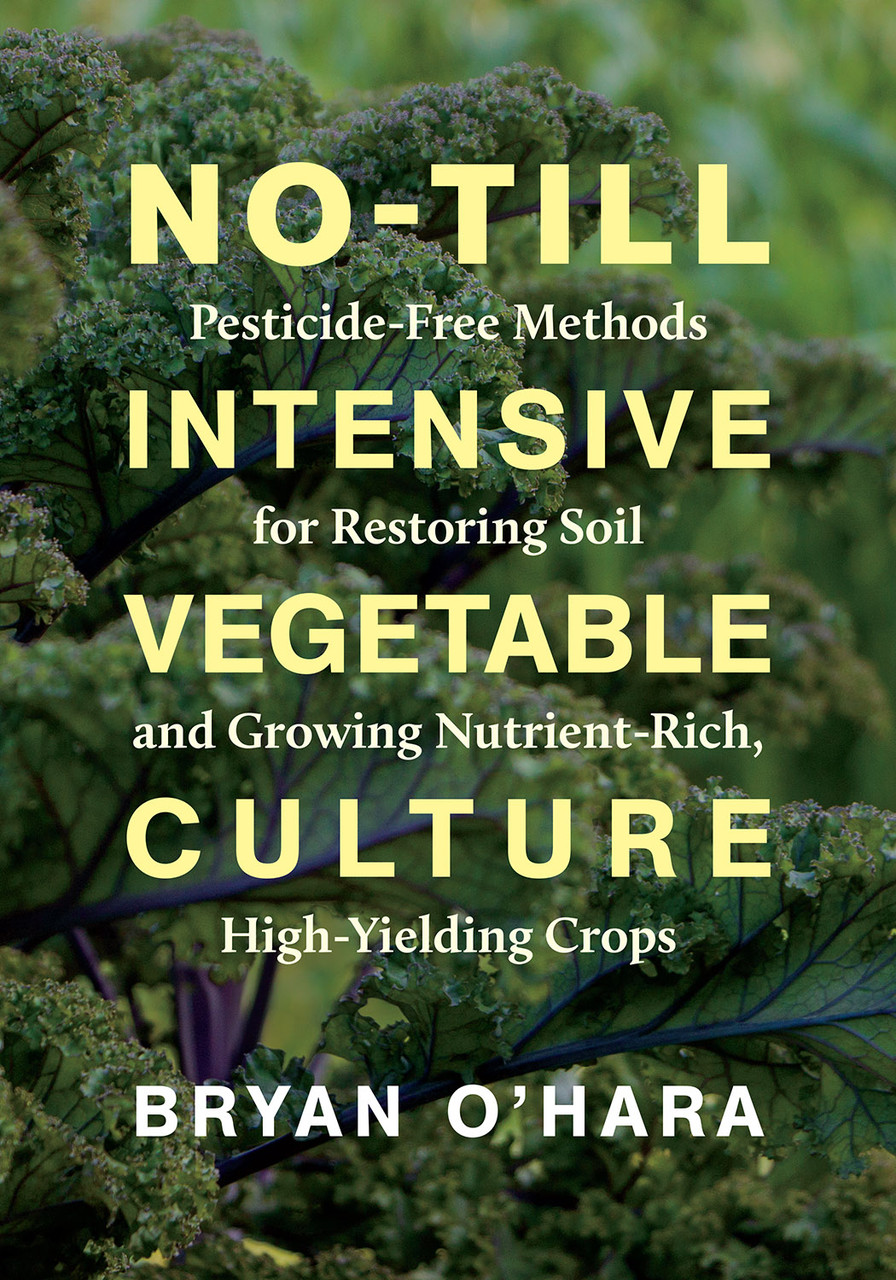Product Description
No-Till Intensive Vegetable Culture: Pesticide-Free Methods for Restoring Soil and Growing Nutrient-Rich, High-Yielding Crops
By Bryan O'Hara
From a veteran organic grower: a unique agricultural methodology that delivers higher yields, higher quality, and higher profitability—absolutely free of herbicides or pesticides
No-till farming has rapidly grown in popularity among vegetable growers due to its high-quality, high-yield, high-profit results. Renowned organic grower Bryan O’Hara perfected the technique during the multi-year transition of his Connecticut vegetable farm to a no-till system. His vibrantly healthy, resilient plants are testaments to the value of allowing the inherent biological functions in soil to do their work.In No-Till Intensive Vegetable Culture, O’Hara describes the methods he has developed, which are completely free of herbicides or other pesticides and require only a few acres of land and minimal capital investment. He asserts that this flexible, ecological methodology is as important for soil fertility as it is for his economic success. This comprehensive manual delves into all facets of a dynamic, holistic growing system, including:
- No-till bed preparation techniques
- Seeding and transplanting methods
- Irrigation
- Use of fertilizers (including foliar feeds)
- Composting (preparation and application)
- Culture of indigenous microorganisms to support soil biology
- Pest and disease management
- Year-round growing
- Harvest and storage techniques
O’Hara also explores the spiritual dimension of managing a farm ecosystem: observing the natural balance between plants, soil, air, water, and sunlight and the ways in which working to maintain that balance influences practical production decisions.Whether you’re a high-yield producer, a homesteader, or a market gardener, No-Till Intensive Vegetable Culture is the go-to vegetable grower’s manual for the twenty-first century. O’Hara’s advanced yet accessible methodology will both help you respond to natural systems and adapt to meet future challenges.
Paperback | 272 pages








